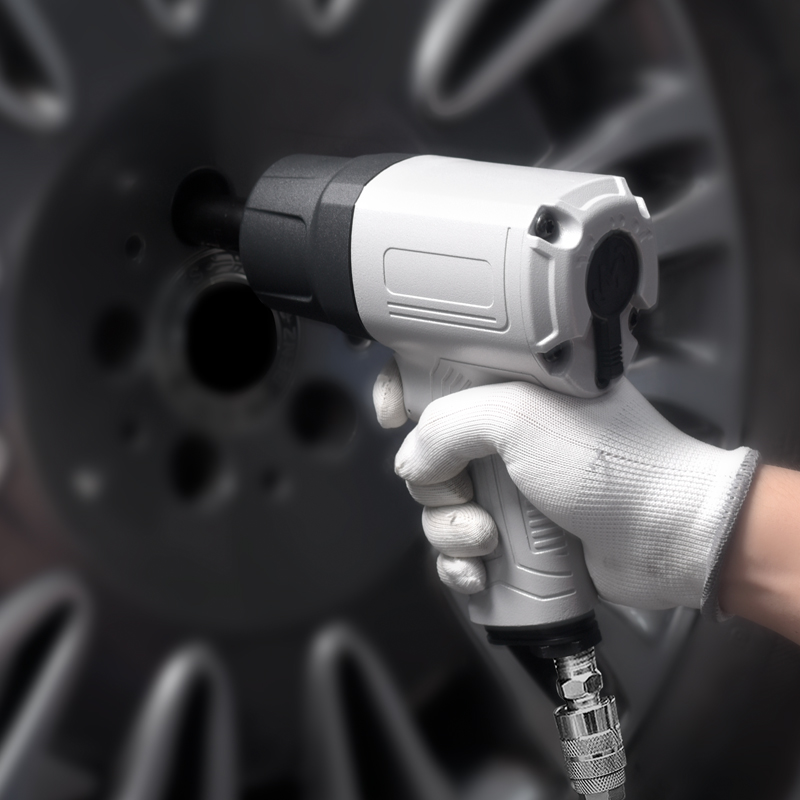

Hey, fellow mechanics! Let me tell you why you should have an air impact wrench in your toolbox. I’ll focus on the 1/2-inch air wrench, a workhorse in many garages, and introduce you to the Rongpeng RP9512 - a reliable choice that’s a game changer.
The power you need
First, let’s talk about torque. When you’re dealing with stubborn nuts or large bolts, you need serious power. When you’re faced with rusted or over-tightened fasteners, a manual wrench simply won’t do the trick. A pneumatic wrench like the Rongpeng RP9512, with its double-hammer construction,can delivers 1100 N.m of torque, which means it can loosen those stuck bolts without you having to lift a finger.

Speed and efficiency
In the repair industry, time is money, and an air wrench can save you both time and money. Tasks that take minutes to complete with a manual wrench can be done in seconds with an air wrench. Changing a tire? No problem. The Rongpeng RP9512 has a 7800 RPM speed and 1100N.m torque, which means you can get the job done quickly without compromising quality. And because it's powered by compressed air, you don't have to worry about dead batteries or wires getting in the way.
Durable
The Rongpeng RP9512 is durable, made from Baosteel's custom special materials, and the valves are designed to resist aging so they stay sealed and function consistently. What about the aluminum alloy body? It's lightweight (only 2.4 kg), but strong enough to withstand high-intensity use. These carefully configured materials are enough to extend the service life.
If you want your pneumatic impact wrench to maintain optimal performance, it's essential to take care of it. Here are some practical maintenance tips:
Regular inspection of parts can help detect problems before they become big problems. Check the anvil, hammer mechanism, and grip for signs of wear or damage. Tighten any loose screws or bolts to maintain stability and minimize vibration.
Regular cleaning is essential. After each use, wipe the exterior with a damp cloth to remove any dirt, grease, or metal shavings. An old toothbrush can help scrub away caked-on dirt.
Proper lubrication prevents damage and excessive wear, and you can apply air tool oil before each use, either with an inline lubricator or manually through the air intake. Apply 5 to 10 drops of oil, depending on the tool's specifications, and run the tool for a few seconds to ensure the oil is distributed on the moving parts. If you use the tool all day, re-oil at least twice a day.